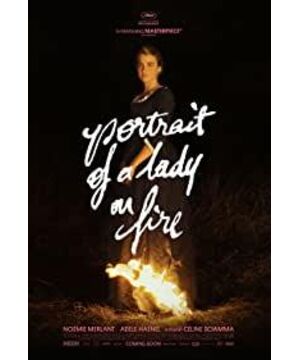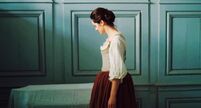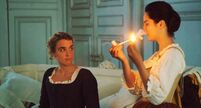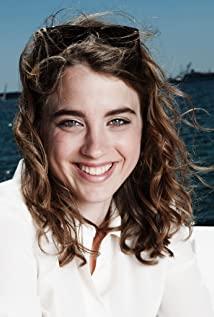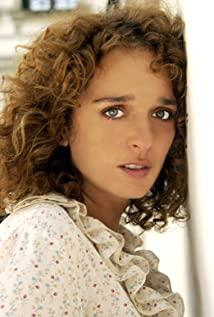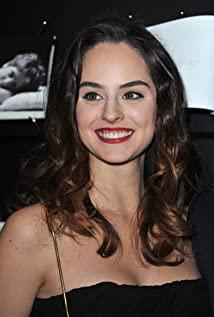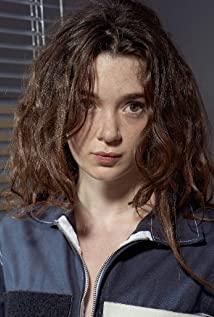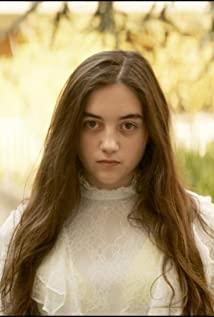You can't help it, you will be at a loss
Uncertain, you will bite your lower lip
If you have a grudge, you will stare in anger
Orpheus sings and sings: "The god of the lower realm, the ruler of the ultimate destination of mortals, please allow me to tell you: I am here for my wife, and the viper has ruined her beautiful years. I beg you to restore Europe. Dick’s too fast speed of life yarn, all human beings are under your jurisdiction; you have ruled mankind for the longest time. After she has passed her life, she will eventually return to be your subject. If destiny refuses to amnesty my wife, I am determined Don’t go back: two lives make a pair and make you happy."
The Nemesis couldn't help but shed tears. It is said that this is their first time. Pluto and the Queen couldn't help but refuse his plea and summon Eurydice. She was caught in the ranks of newly added ghosts in the underworld, and she was bad at doing things because of her foot injury. Orpus stretched out his hand to accept his wife, and also accepted their terms: before leaving the junction of yin and yang, he was not allowed to look back, otherwise the promise would be invalidated. They walked uphill, traversed the dead silence, and climbed the steep nether road in the black ink. They had come to the border area near the upper realm. He was worried that she might not be able to keep up. In a blink of an eye, he slipped into the abyss. She stretched out her arm to pull him, or it was just for him to grab it; unfortunately, he swooped with both hands, and there was nothing but the fluttering air. She died again, and she did not complain about her husband: What can we complain about? I can only blame my husband for loving her.
The last time she said "Treasure Goodbye" barely reached her husband's ears, and fell to the place where she came.
Celine Sianma ("Daffodils Bloom (2007)", "Tomboy (2011)") directed the fourth feature story "Burning Portrait of a Young Woman (2019)" (Portrait of a Burning Woman) (2019 Cannes Film Festival) Screenplay, Palme d’Or, tells the story of a young female painter Marianne (Noemi Merant) who painted a portrait of a young woman Eloise (Adele Hanel). During the two-hour narrative process, the director not only told the love story between the two young women, but also discussed other female issues: French women in the eighteenth century loved music and longed for freedom, but were trapped in marriage, abortion, Employment inequality and other issues are just like women today.
The whole film is composed of three time and space. The narrative of Marianne, who opened his studio at the moment, recalls the twelve days that Marianne spent on the island with Eloise and others in the narrative several years ago, and several years after the painting was completed. The unclear time period when Marianne met Eloise twice. The story is told from the omniscient perspective and the Marian perspective. Just like a painter, Eloise is always at the other end of the gaze, as the object to be observed. However, as the title of the film indicates, Eloise is the center of the story, the person in the painting, and the focus of the director's loving lens. This is the essence of the physical film second only to Adele in the author's eyes. Eloise walked from the other end of the gaze to this end, transformed from an object to a subject, and drew a portrait of himself in Marianne's pen.
This change of subject and object blends with Orpheus’s love tragedy. He is destined to be irrevocable from the tragic fate of his dead wife. From Marianne’s point of view, it is her own choice. She said that Orpheus chose to remember Eurydice. This That's why he turned around in the end, and what he made was not a lover's choice, but a poet's. Eloise thought it was Eurydice who engraved his lover at the last moment, retourne-toi. While this dialogue shows the initial setting of the relationship between the two protagonists, it also paves the way for the transformation of their relationship. Here, we can see that Eloise and Marian naturally bring themselves into the positions of Eurydice and Orpheus respectively. This is also the first half of the film, that is, the first portrait is completed and the first At the beginning of the two portraits, the relationship between the two people's view and the position of being seen.
In the process of drawing the first portrait, Marianne, as an observer, unilaterally portrayed the appearance of Eloys in his mind, and then added painting rules, habits and artistic theories to draw the slightest smile with the kindly smile of her mother. The lifeless Eloys. The painter stares one-way, his line of sight cannot cover the whole picture of the person in the painting.
In the drawing of the second portrait, Eloise’s presence connects the two ends of the gaze, and also promotes the conversion and coexistence of the subject and the object. Is the tragedy in mythology Orpheus's look back or Eurydice's farewell? The last time their eyes met, the two of them got rid of the shackles that called you each other in 1770, retourne-toi, eager to get closer to each other's farewell moments, who caught the eyes of whose eyes, or who took whom and then launched themselves Sight?
The transformation of the subject and object of Marianne and Eloise is shown in the dialogue at the beginning and the end of this article, in which Eloise argues that the painter and the painter are in exactly the same position. At the same time, it is also reflected in the changes in Eloise’s pupils after the two men rolled the sheets and inhaled the herbs that could make people take off. The azure blue eyes were dyed with the black brown in Marian’s eyes, and Eloys not only filled in Full of Marian’s sight, it even occupies the latter’s perspective. Similarly, after one of the last countdowns, Eloise asked Marian for a nude self-portrait of the latter, and Marian placed it in The mirror underneath the opponent outlines himself somewhat like Director Xi. What she drew is the mirror image in her own eyes, and also the entity of herself under the loving gaze of Eloise. Then, facing the mirror, it may be Lacan’s mirror or the mirror of "Ordinary Woman" (2017). Can we say that at this moment, Marianne's perspective is once again subjective by her own object?
In CMBYN (2017), two men call each other by their own names. People in love give each other their subjectivity unreservedly, and become each other's partner and the other's self. PDLJFEF pays tribute to the end of the former. At the same time, the director still does not forget to continue the discussion about the subject and object of the gaze: Marianne, who is quite successful in painting, and Eloise, who is married to a real estate agent, appear at the same time on the theater box floor. The viewer burst into tears because of the trend of the plot and the ups and downs of the soundtrack, while the former stared at his beloved person throughout the performance, may look forward to her looking back, let this gaze flow again, may be afraid of her looking back, just want to stare back again. Main body.
Burning portrait of a young woman, who/what ignited Eloise's skirt? Is it the bonfire blown by the islander Akabella, or the spark in the heart at the end of this endless gaze?
The reason is poor, you will nod and support your forehead
It’s hard to be alone, you will raise your eyebrows slightly
I'm cramped, you will breathe
View more about Portrait of a Lady on Fire reviews


